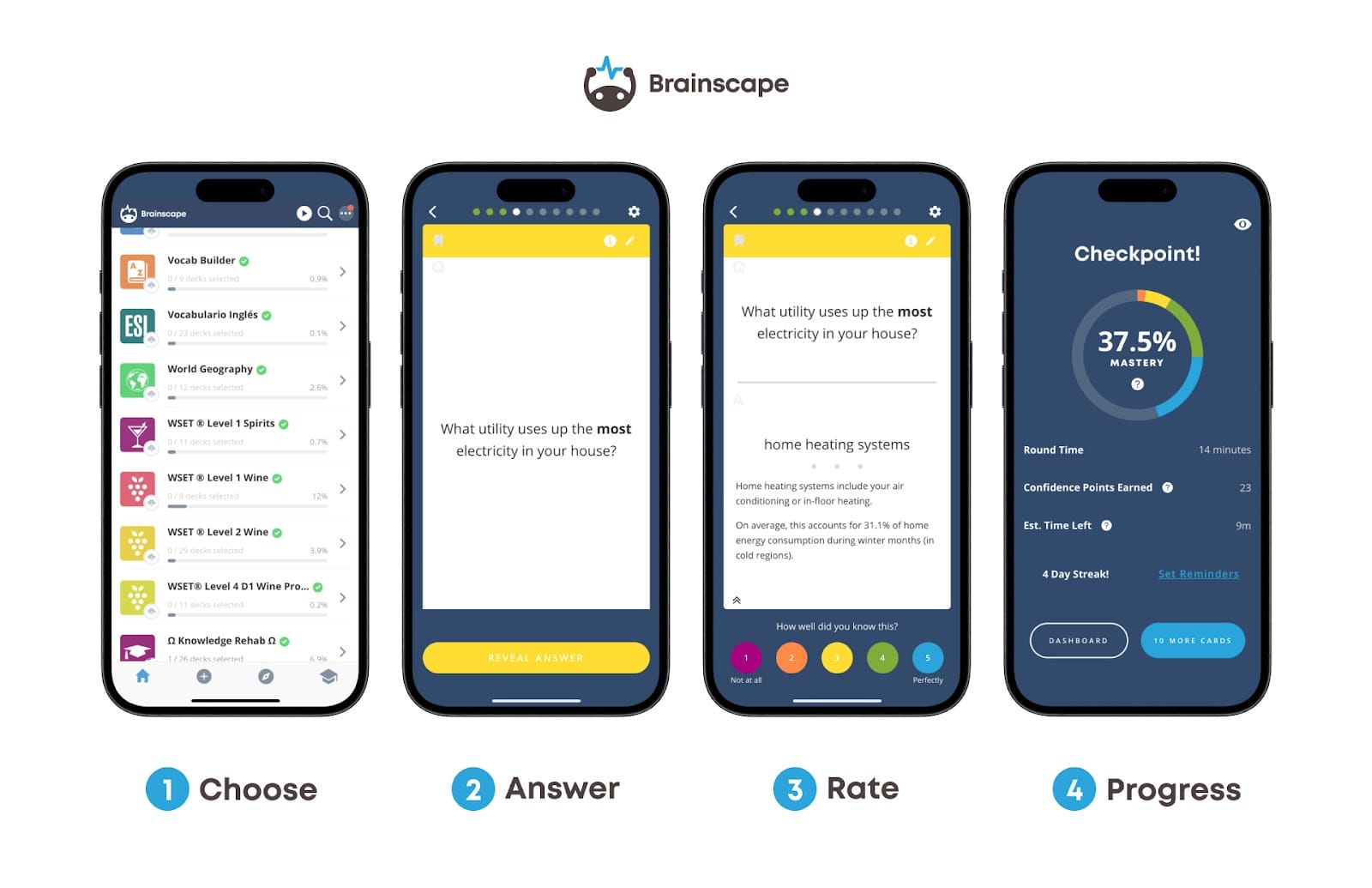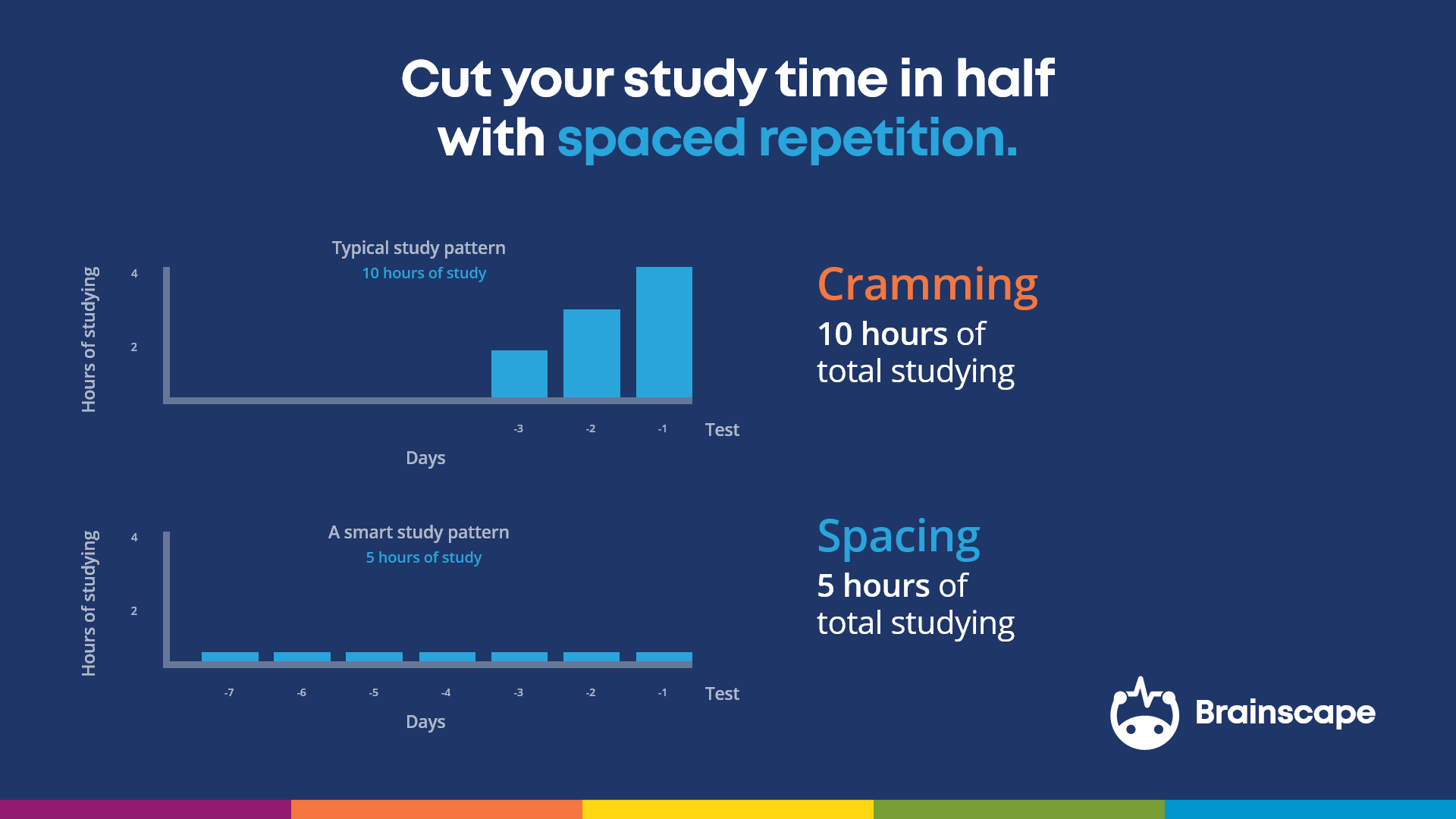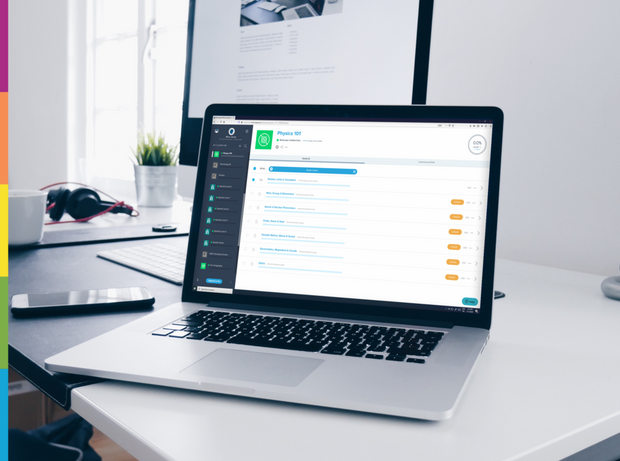Welcome to the world of remote learning, where the dress code is pajama-friendly and your commute is approximately five seconds. Sounds amazing, right? But if you’re new to online classes, you might also be feeling a little… floaty.
Like someone took away the rails and said, “You’re free now! Go learn!” And then walked away ominously.
Don’t worry—learning from home doesn’t mean learning alone. With a few smart strategies (and the right tools), you can build a remote study routine that’s not just effective, but maybe even better than your old in-person setup. So grab your laptop, silence your 17 browser tabs, and let’s get into the best ways to crush online learning without losing your mind—or your Wi-Fi signal.
Schedule Specific Time for Learning
If your online instruction is “asynchronous” (not at scheduled lecture times), it can be very tempting to perpetually procrastinate studying, in favor of TikTok and other at-home distractions. You are stronger than that!
To improve your focus and fight the demons of laziness, simply put some time on your calendar for watching your lectures, reading your textbooks, and doing homework problems.
Never wake up on the day and decide what to do. Before you go to sleep, you should already know how much time you will spend on each study task the following day.
Make Digital Flashcards on the Spot
Unlike live lectures, where it’s often difficult to record your notes quickly enough, asynchronous remote instruction gives you more time to mentally process the material you’re learning. Use this flexible time to make flashcards in Brainscape directly from the textbook or videos that you’ve been assigned.
Later, when it's time to revise, you've already done the hard work. Just open Brainscape and start studying with one tap.
Wait, Hold On—What Is Brainscape?
Great question. Brainscape is your brain’s new favorite workout buddy. It’s a smart, science-backed flashcard app designed to help you learn twice as efficiently—whether you’re memorizing vocabulary, mastering formulas, or just trying to keep all your online class material straight.

Here’s how it works: you make your own flashcards (or use our expert-curated ones), then study them using Brainscape’s adaptive spaced repetition system. That means the app shows you each flashcard at just the right time—based on how well you knew it last time—to maximize your memory and minimize wasted effort. You can even rate how confident you feel after each card, which helps Brainscape fine-tune your study schedule for maximum brainpower.
It's like having a tutor in your pocket, whispering, “Hey, remember this?” right when you need it. Whether you're cramming for finals or just trying to stay ahead in your online classes, Brainscape helps you study smarter and faster.
Use Brainscape to Facilitate Virtual Study Groups
Just as students often get together for live group study sessions, today’s online tools make it easy to achieve social learning benefits even when you’re not together.
Specifically, you can use collaborative study apps like Brainscape to spread the work of flashcard creation among two or more students in your class. This will shave time off of your flashcard-authoring work while helping you think more critically about the content since your peers will be studying it (and since you’ll be suggesting edits to their flashcards).
Study Brainscape Flashcards in Small Bursts Throughout the Day
While big instructional tasks like reading and watching videos typically require you to schedule dedicated time for them, studying in Brainscape is easy to sprinkle into the rest of your day.
This is because bite-sized flashcards only divert a few seconds of attention at-a-time, which makes them perfect to use while you’re watching TV or otherwise relaxing. Be sure to make such distributed studying a daily habit (especially if you no longer have a “commute” to school), so that—by the time you have your next exam—you’ll barely have to “cram” at all.

Remote Learning, Mastered: Smarter Studying Starts Here
So there you have it—remote learning doesn't have to feel like you're floating in a Wi-Fi void. With a little structure, a dash of strategy, and the right study tools, you can stay productive, organized, and maybe even impress your future self with how on top of things you were. Whether you're building your own flashcard decks, collaborating with classmates, or sneaking in a study session during your snack break, you’ve got this.
Brainscape is here to be your trusty sidekick throughout it all, making studying more efficient, more effective, and way less painful. You’ll learn faster, retain more, and show up to your exams ready to dominate. Now close those other tabs, hydrate, and let’s get learning—from wherever you are!
References
ASU Online. (2022, June 7). Self discipline in online learning. ASU Online. https://asuonline.asu.edu/newsroom/online-learning-tips/develop-self-motivation-skills-starting-online-courses/
Grigorkevich, A., Savelyeva, E., Gaifullina, N., & Kolomoets, E. (2022). Rigid class scheduling and its value for online learning in higher education. Education and Information Technologies, 27(9), 12567–12584. https://doi.org/10.1007/s10639-022-11131-3
Kornell, N. (2009). Optimising learning using flashcards: Spacing is more effective than cramming. Applied Cognitive Psychology, 23(9), 1297–1317. https://doi.org/10.1002/acp.1537
